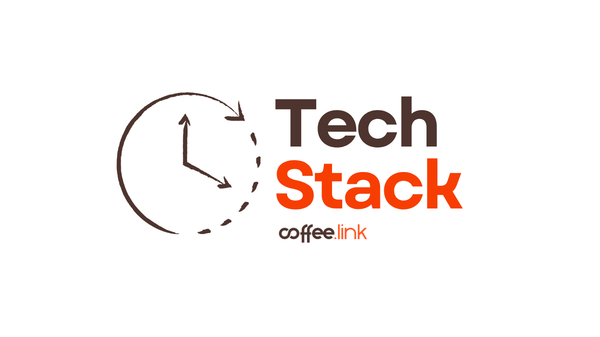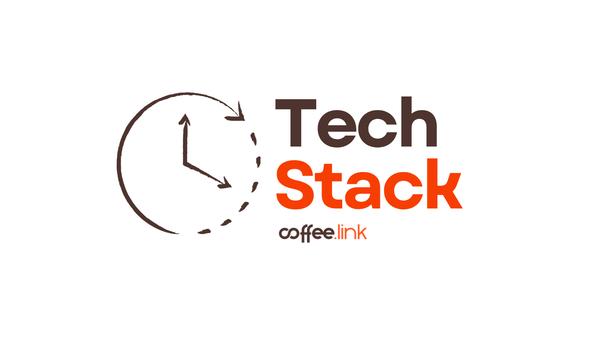The biggest bank crisis since 2008 just unfurled. A few days ago, the Silicon Valley Bank tried to convince its customers that everything was fine and they were not running short of cash. But the California Department of Financial Protection and Innovation has now taken things over, sending close to $175 billion of these customer deposits to the Federal Deposit Insurance Corp’s control.
SVB for Startups
VC firms like Pear VC and Hoxton Ventures had been warning startups to withdraw their funds from SVB. But disappointment was in store for those founders who rushed to get their wired transfers up and running. These did not go through and the news of SVB's crisis hit the streets.
SVB had been the go-to bank for most startups in the tech space. Its hold in the Venture Capital community had grown strong over the years. SVB has offered all services that banks usually do in addition to its funding capacity. This means that it holds both deposits and gives out credit to those startups that other banks may consider 'unlikely' to take off. SVB was known for taking these risks — and pulling them off rather well — and this made it a favorite among all new entrepreneurs. But the 60% drop that its shares have now seen, along with the whole fund capture by Federal Authorities, has made the ground unsteady for those parties that once relied so heavily on the bank. There may not be long-term effects, Wall Street can proclaim. But that does not rule out all effects, especially when a significant amount of SaaS companies have their dependence and funds parked with SVB. This is all the more concerning for those companies that may not have spread their funds across different investments (like bonds or securities) and instead just chose to leave it at the bank until a time that seems fit for its use.
For startups, the SVB crisis is one among many troubles that might just be brewing. And this does not include the downsizing of human capital and funds that are spree-ing at large. As per PitchBook's report, the lows for the startup world began as early as the last quarter of 2022: "While fundraising reached record highs, nearly 75% of the commitments were closed in Q1 and Q2. Fourth-quarter deal count was roughly 25% lower than Q1, et it remains higher than any quarter prior to the 2021 mania." 2021 was, undoubtedly, the peak year for VC. The report adds, "Q4 exit activity topped off at $5.2 billion, the lowest quarterly total in more than a decade, capping off a staggering 90.5% decline in annual exit value." While the big banks can let out a sigh of relief, the SVB crisis is definitely not good news for startups that have always grabbed onto fast fundraising in a long drought.
So, What Happened?
It took only two days for the Silicon Valley Bank to fail. That's pretty fast for a financial institution that had been working with its machinery well-oiled and 'reliable'. The rise and fall were all too quick.
The pandemic led to startups and VC firms amassing a great deal of money which then was directed to banks like SVB. In early 2022, it had an impressive $200 billion as deposits. Simultaneously, SVB Financial — the parent company — bought 'safe assets' which came around to $128 billion by the last quarter of 2021. Now, these safe assets should work just fine — unless you want to sell these all of a sudden. At the time of selling, there would be a huge gap between the price at which these were bought and the price at which you are now selling them. That spells loss because the fair value — or the present value — also considers its potential for growth. The longer-term mortgage securities did not have a lot to offer on this end. And it certainly did not help that the Federal Reserve had hiked interest rates.
The loss that SVB then went on to face could be valued at $17 billion or more. But it should still have some money to sustain itself, right? That's where the next catch arises. The deposits from VC firms and startups were being taken out because these clients stopped gaining investments from other parties — their expectations had fallen short. This continued, picking up pace in 2023 when the overall startup space started crunching. To make up for this outflow of deposits, SVB Financial started selling more of its securities — this meant more losses. Outflows were met by low-valued sales of securities. It became a vicious cycle.
This Wednesday, SVB Financial set out to sell $21 billion worth of securities in the hope to balance out its liabilities and assets. It also hoped to sell shares so that it can make up for the losses that these sales amounted to. But its stock dipped. This impacted the reliability of SVB and therefore made the possibility of gaining more capital dim. Clients started withdrawing their deposits and before they knew it, the funds had all gone dry. This is what they call a bank run.
The troubling part is that a lot of these deposits were uninsured.
The Implications
One question: were the risks worth it?
SVB, unlike traditional banks, readily offered credit for startups. Did it really have to come down to a receivership under the Federal Deposit Insurance Corp.?
But, the crisis also throws the spotlight on Federal Reserve's decision to increase interest rates — should it be cutting these down now? Because most banks are, on a varying range, experiencing the same trouble as SVB did. But, a bank run does not happen everywhere, perhaps because the concentrated customer base varies as well.
Bonds worth $2.2 trillion are held with America's banks (data as of September 2022 given by the Wall Street Journal). These can only be of good help to the banks if they keep the bonds until maturity. That doesn't happen.
The banks end up paying more for their liabilities while not getting enough out of the loans and the bonds to balance this outflow. And when Fed increases the rates at the current frequency, things can go down for worse. That SVB failed to communicate to its depositors that the rates were not going up the gradual scale further complicated matters for the bank. With no time to put high-yielding assets in place, a failure was the least that one could expect.
Again, the question is: could SVB have held out a bit longer had its customer base been individuals and not tech startups and VC-backed companies? Others like Citibank or JPMorgan Chase have not been visibly affected. Market experts say that the 'essential' institutions are still on track. But, was SVB truly not so essential to the economy?
This one's going to be a waiting game.








